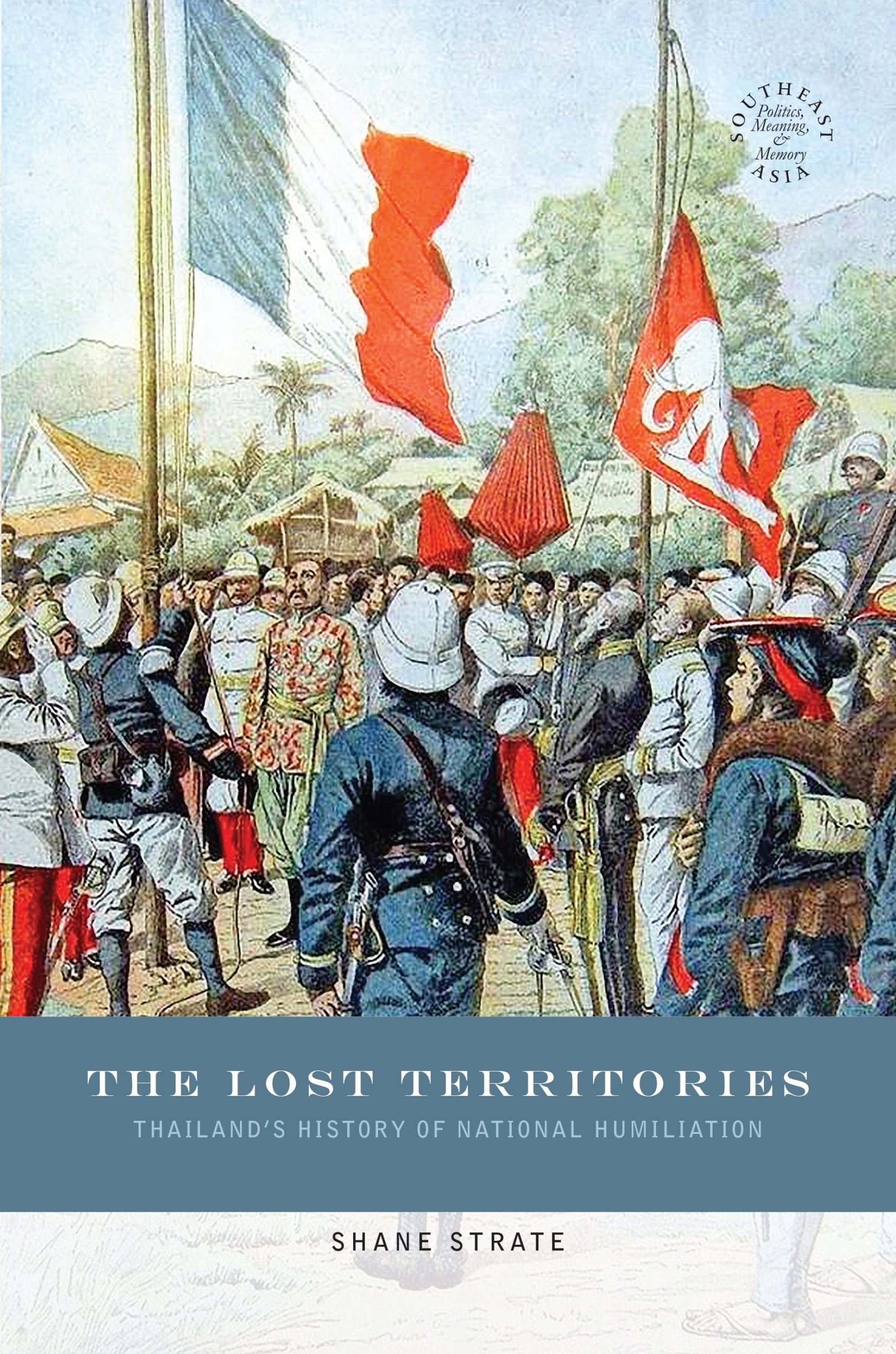Have you ever wondered about the untold stories of Thailand’s war history? Well, get ready to embark on a fascinating journey through time! In this article, we’ll delve into the rich and complex tapestry of Thailand’s past, uncovering the forgotten tales of war and heroism that have shaped the nation.
From the ancient conflicts of the Ayutthaya Kingdom to the modern struggles of the Vietnam War, Thailand has been a witness to numerous battles and conquests. But beyond the headlines and textbooks, there are countless untold stories waiting to be discovered. We’ll explore the lesser-known aspects of Thailand’s war history, from the intriguing political alliances to the incredible feats of bravery that paved the way for the nation we see today.
Get ready to meet legendary warriors, navigate through treacherous battlefields, and unravel the mysteries surrounding Thailand’s war history. Whether you’re a history buff or simply curious about the hidden tales of the past, this article will take you on a thrilling adventure. So, sit back, relax, and prepare to unearth the secrets that lie within Thailand’s war history. Get ready for an unforgettable journey!
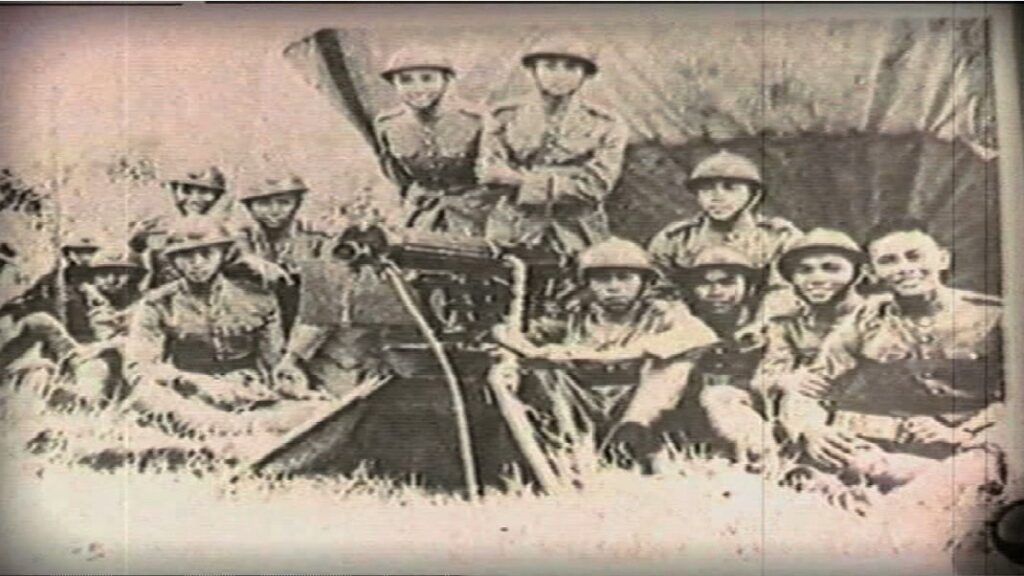
Thailand’s War History: An Overview
Thailand, formerly known as Siam, has a rich and complex history of military conflicts and wars. From early conflicts to its role in World War II and the Cold War, Thailand has undergone significant transformations due to its involvement in global conflicts. This article aims to provide an overview of Thailand’s war history, exploring key events and their impact on Thai society.
Early Military Conflicts in Thailand
Thailand’s war history dates back centuries, with early conflicts primarily revolving around territorial disputes with neighboring countries. Siam was engaged in several wars with Burma (now Myanmar), known as the Siamese-Burmese Wars. These conflicts, which occurred between the 16th and 18th centuries, were driven by competition for control over important trade routes and resources.
Impact of World War II
World War II had a profound impact on Thailand, as it found itself caught between the rival powers of Japan and the Allied forces. In an effort to maintain independence and protect its interests, Thailand adopted a policy of neutrality. However, it eventually succumbed to Japanese pressure and allowed them to use Thai territory as a base for their military operations against British-controlled Burma and French Indochina.
Thailand during the Cold War
The Cold War had a significant influence on Thailand’s war history. The country aligned itself with the United States in its fight against communism, becoming a crucial ally in Southeast Asia. Thailand provided military bases for American forces during the Vietnam War, and its proximity to Indochina made it a crucial player in the region’s conflicts.
The Siamese-Burmese Wars
Causes and Background
The Siamese-Burmese Wars were primarily fueled by territorial disputes and the desire to control important trade routes. Both Siam and Burma sought to expand their influence and secure valuable resources in the region. Siam, under the leadership of King Naresuan, launched several successful military campaigns against Burma, effectively expanding its borders.
Key Battles and Events
The Siamese-Burmese Wars were characterized by a series of key battles and events. The most notable of these was the Battle of Nong Sarai in 1593, where King Naresuan led the Siamese forces to victory over the Burmese army. This battle marked a turning point in the conflict and solidified Siam’s control over the region.
Consequences and Aftermath
The Siamese-Burmese Wars had significant consequences for both Siam and Burma. Siam successfully expanded its territory, gaining control over important trade routes and resources. However, the wars also exhausted valuable resources and led to political instability in the region. The conflicts laid the groundwork for future conflicts and shaped the geopolitical landscape of Southeast Asia.
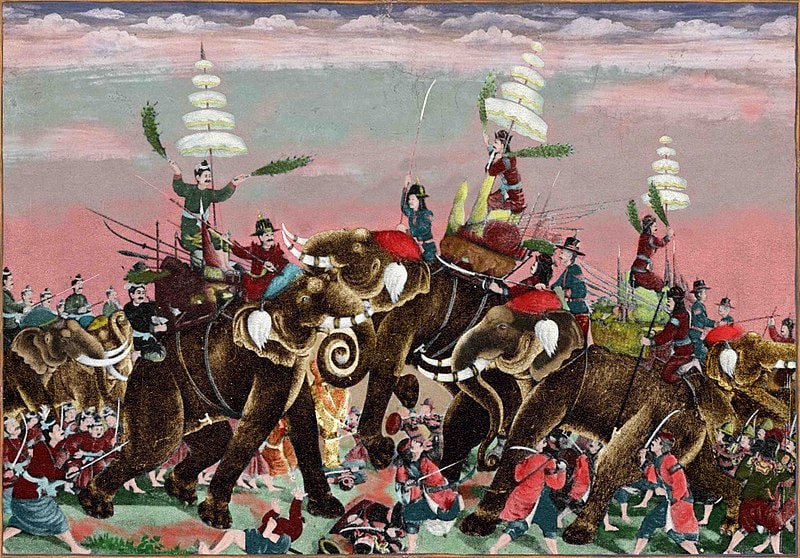
Thailand’s Role in World War I
Thailand’s Neutrality and Foreign Relations
During World War I, Thailand, then known as Siam, adopted a policy of neutrality. The country focused on maintaining its independence and avoiding direct involvement in the conflict. Despite its neutrality, Siam established diplomatic relations with both the Allied and Central Powers, seeking to secure its interests and mitigate the impact of the war.
Impact of the War on Thailand
Although Siam remained neutral during World War I, the conflict had indirect consequences for the country. The disruption of global trade affected Siam’s economy, particularly its exports of rice and rubber. Additionally, the war created a sense of political and social unrest, which ultimately led to the Siamese Revolution in 1932 and the end of absolute monarchy.
Legacy and Significance
Thailand’s role in World War I may not be as prominent as its involvement in other conflicts, but it holds significance as a period of political change and transition. The war indirectly contributed to the transformation of Thai society and the emergence of a more democratic system of governance.
The Japanese Occupation and Thailand
Thailand’s Initial Resistance
Initially, Thailand resisted Japanese occupation and sought to maintain its independence. However, faced with overwhelming military power, the Thai government was forced to enter into negotiations with the Japanese. In December 1941, the Bangkok Declaration was signed, allowing the Japanese to use Thailand as a base for their military operations.
The Bangkok Declaration
The Bangkok Declaration, signed on December 21, 1941, formalized the alliance between Thailand and Japan. Under this agreement, the Thai government granted the Japanese military access to Thai territory and resources. In return, Japan promised to respect Thai sovereignty and provide economic and military assistance.
Japanese Influence on Thai Society
The Japanese occupation had a profound impact on Thai society. Japan implemented various policies aimed at assimilating Thailand into the Greater East Asia Co-Prosperity Sphere. These policies included the Japanese language being introduced in schools, the promotion of Japanese cultural practices, and the forced internment of Westerners residing in Thailand.
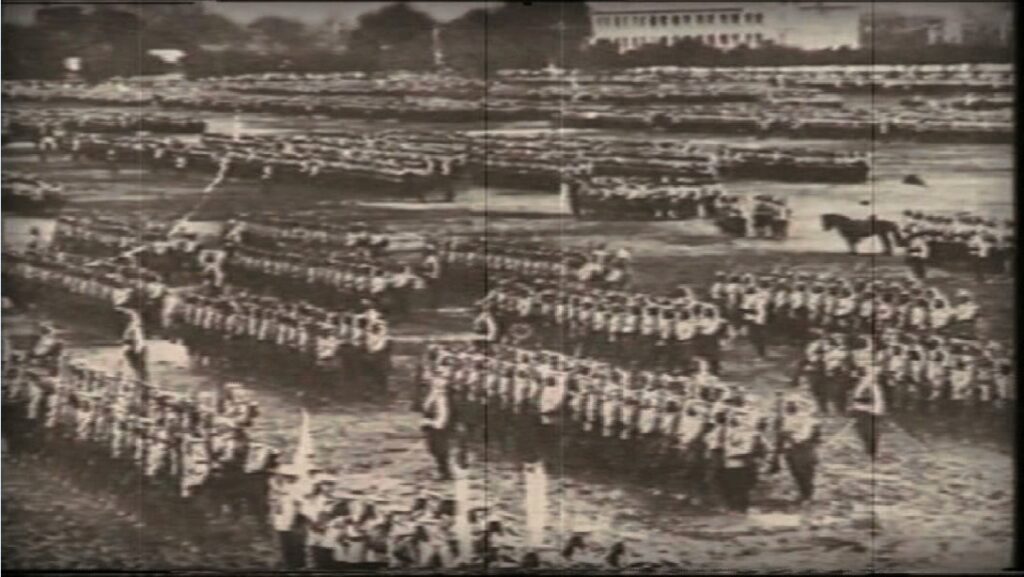
The Indochina Wars and Thailand
Thailand’s Involvement in the First Indochina War
During the First Indochina War (1946-1954), Thailand played a significant role in supporting the French colonial forces against the Viet Minh. Thai troops were deployed to assist the French military efforts in their struggle to retain control over French Indochina. Thailand’s support stemmed from concerns about the spread of communism and the potential spillover of the conflict into its own territory.
Support for the United States during the Vietnam War
During the Vietnam War, Thailand became a crucial ally to the United States. The country allowed American forces to use Thai territory as a base for military operations and also provided logistical support. Additionally, Thailand became an R&R (Rest and Recreation) destination for American soldiers, with popular spots such as Pattaya and Phuket catering to their needs.
Effects of the Wars on Thailand
The Indochina Wars had a lasting impact on Thailand. The conflict created a flood of refugees, border disputes, and strained diplomatic relations with neighboring countries. Additionally, the presence of foreign military forces and the influx of American soldiers had a significant social and cultural impact on Thai society.
Thailand’s Internal Conflicts
The Communist Insurgency in Thailand
During the Cold War, Thailand faced a communist insurgency led by the Communist Party of Thailand (CPT). The CPT sought to overthrow the Thai government and establish a communist regime. This insurgency, which lasted from the 1960s to the 1980s, was met with a strong military response by the Thai government.
The Southern Insurgency and Separatist Movements
Thailand has also grappled with a long-standing insurgency in its southernmost provinces, predominantly Muslim-majority regions. Various separatist groups have been fighting for greater autonomy or independence. This conflict, which has resulted in thousands of deaths and ongoing violence, presents a complex challenge for the Thai government.
Efforts to Resolve Internal Conflicts
The Thai government has made efforts to address and resolve these internal conflicts. Strategies have included economic development initiatives, improved governance, and dialogue with insurgent groups. However, finding a lasting solution to these conflicts remains a complex task that requires careful consideration of historical, cultural, and social factors.
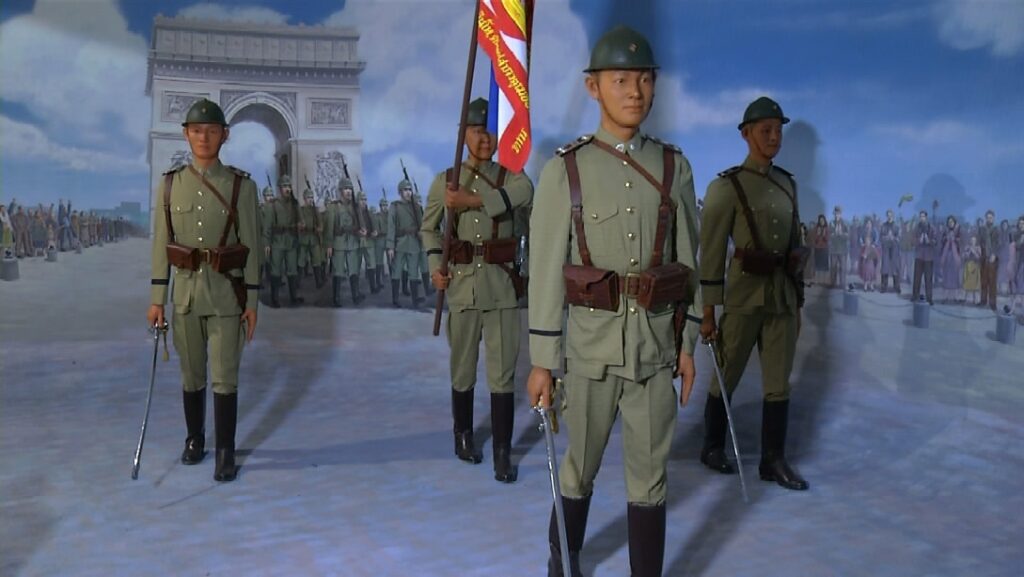
Thailand’s Military Modernization
Development of the Thai Armed Forces
Thailand has undergone significant military modernization over the years. The Thai Armed Forces have invested in improving their capabilities and acquiring advanced weaponry. The goal has been to enhance national security and ensure the ability to respond effectively to evolving regional and global security challenges.
Acquisition of Advanced Weaponry
Thailand has acquired advanced weaponry from various countries, including the United States, China, and Russia. The Thai military possesses a diverse range of equipment, including fighter jets, submarines, and armored vehicles. These acquisitions have improved Thailand’s military capabilities and reinforced its position as a regional power in Southeast Asia.
Role of the Military in Contemporary Thailand
The Thai military has played a significant role in the country’s politics and governance. Historically, it has intervened in politics through coups, often citing the need to maintain stability and address perceived threats to national security. However, efforts have been made in recent years to reduce the military’s overt involvement in politics and strengthen democratic institutions.
War Tourism in Thailand
Historical Sites and Memorials
War tourism is a growing segment of Thailand’s tourism industry. The country is home to numerous historical sites and memorials that commemorate its war history. These include the Hellfire Pass Memorial Museum, the Bridge on the River Kwai, and the Tham Krasae Viaduct, which are all linked to the legacy of World War II and the construction of the Death Railway.
War Museums and Exhibitions
Thailand also hosts various war museums and exhibitions that provide visitors with insights into its war history. The Royal Thai Army Museum, the Thai-Burma Railway Centre, and the Museum of the Battle of Khong Kha are among the notable institutions that offer a comprehensive understanding of Thailand’s role in past conflicts.
Controversies and Ethical Considerations
War tourism has not been without controversies and ethical considerations. Some argue that the commercialization of war history trivializes the suffering and sacrifices of those involved. There are ongoing discussions about how to strike a balance between preserving historical sites and ensuring respectful and educational experiences for visitors.
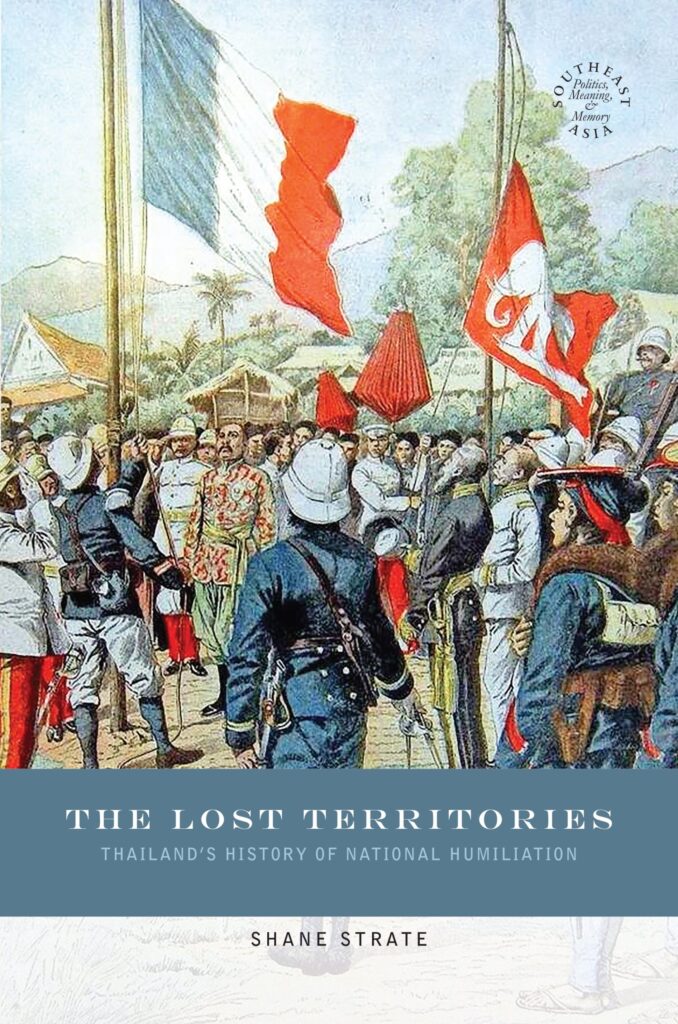
The Cultural Impact of War in Thailand
War’s Influence on Art and Literature
War has had a profound influence on Thai art and literature. Numerous works of literature, films, and artworks have been created to depict and reflect upon the experiences of war. These artistic expressions serve as a vehicle for remembering and exploring the human impact of conflicts and contribute to shaping the collective memory of war in Thai society.
Memorializing War Heroes and Victims
Thailand has a strong tradition of memorializing war heroes and victims. Monuments, statues, and annual commemorations are held to honor those who have sacrificed their lives in defense of the nation. These acts of remembrance serve as a reminder of the immeasurable contributions and sacrifices made by individuals during times of war.
War’s Legacy in Thai Society
The legacy of war is deeply ingrained in Thai society. It has shaped the nation’s identity, values, and political landscape. Thailand’s war history continues to influence its relationships with neighboring countries and its approach to regional security. Recognizing and understanding this legacy is vital for comprehending the complexities of contemporary Thai society.
Conclusion
The war history of Thailand is a tapestry of conflicts, alliances, and transformations that have shaped the nation’s identity and geopolitical position. From the Siamese-Burmese Wars to its involvement in both World Wars and the Cold War, Thailand’s history is intertwined with global conflicts. Exploring this history, visiting historical sites, and engaging with war-related museums and exhibitions provide valuable insights into Thailand’s past and help foster an appreciation for the sacrifices made by those who came before us.
